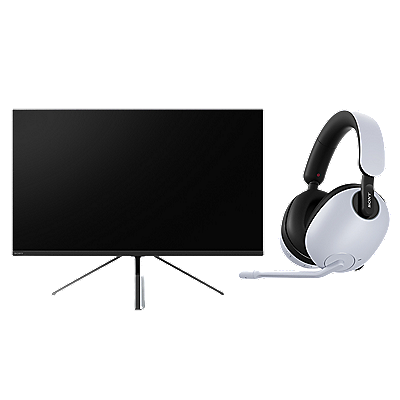What is Noise-Cancelation and what can I expect?
Noise-cancelling can be the very reason you choose to buy headphones or earphones. You can cancel out noise during your daily commute or a flight or block out noisy neighbours.
Did you know?
Sound can only travel if there is a medium to transport it, e.g. air, water, glass or metal. You will hear the music if you stand in an empty room with a speaker playing music. Now remove the air from the room, and you will notice that the speaker still functions, but you hear no sound. Without air acting as a medium, sound can't travel. Similarly, space is a vacuum — so it generally doesn't carry sound waves like air does here on Earth (though some sounds do exist in outer space, we can't hear them)
Why do I hear external sound when noise cancelling is on?
Air trapped between your audio device and eardrum
Noise-cancelling technology cannot wholly isolate sound due to the air trapped between your audio device and eardrum. However, the air is essential for you to hear music. Suppose you removed the trapped air; the net effect is silence, no matter what volume your music is on. Why? There would be no medium for the sound to travel from the audio device to your eardrum.
Noise cancellation at different pitch levels
Have you ever noticed how effective noise-cancelling is in cutting out the sound from an aeroplane engine? But when someone next to you speaks, you hear their voice. Why is that?
Sound waves from an airplane (Low pitch) Sound waves when someone speaks (High-medium-low pitch)How does noise cancellation work?
Noise-cancelling audio devices use a built-in microphone to analyse the ambient sound waves around you and generate the opposite sound waves to reduce surrounding sound. Noise-cancelling devices have a built-in microphone which produces the opposite reversed sound waves to neutralise surrounding noise. Noise cancellation works best when the ambient sound around you is constant and around the low to medium pitch range.
Now consider the fluctuating pitch levels when you speak. The sudden changes in pitch occur too frequently and make it difficult for any noise-cancelling audio device to analyse and process these differences. Therefore, you hear some noises whilst others are cancelled out.
What can I expect from Noise-cancellation technology?
Noise-cancellation offers an enhanced listening experience by cancelling out interfering external sounds.
However, remember the following:
- The noise cancelling effect may not be pronounced in a tranquil environment, or some sound may be heard. If there is little ambient noise, it is even advisable not to switch on the NC function, as it needs ambient input to function optimally.
- Noise cancellation doesn't transfer during telephone calls. Although it protects the headphones user from the surrounding noise, it does not apply to the receiver of the call: they will potentially hear background noise.
- Depending on how you wear the headset, the noise-cancelling effect may vary, or a beeping sound (howling) may occur. In these cases, take off the headset and put it on again.
- The noise cancelling function primarily works for noise in the low-frequency band (train, aeroplane, engine noise). Although noise is reduced, it is not cancelled altogether.
- When you use the headset in a train or a car, noise may occur depending on environmental conditions. It is not advisable to wear noise-cancellation headphones while driving, as taking notice of traffic sounds is essential for your safety.
- Mobile phones may cause interference and noise. Should this occur, locate the headset further away from the mobile phone.
- Do not cover the microphones. The noise cancelling function or the Ambient Sound Mode may not work optimally, or a beeping sound (howling) may occur. In these cases, take your hands off the headset microphones.



















